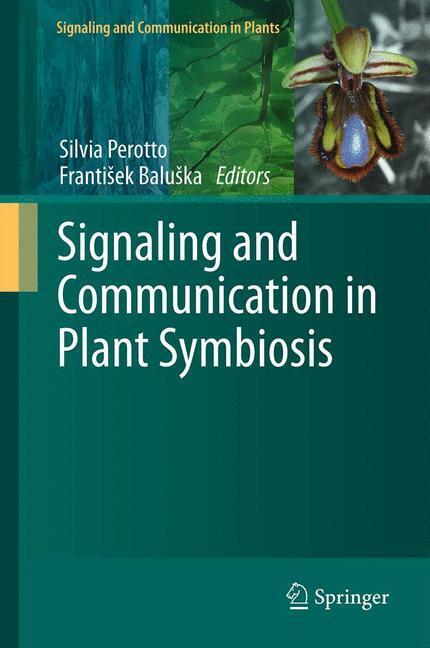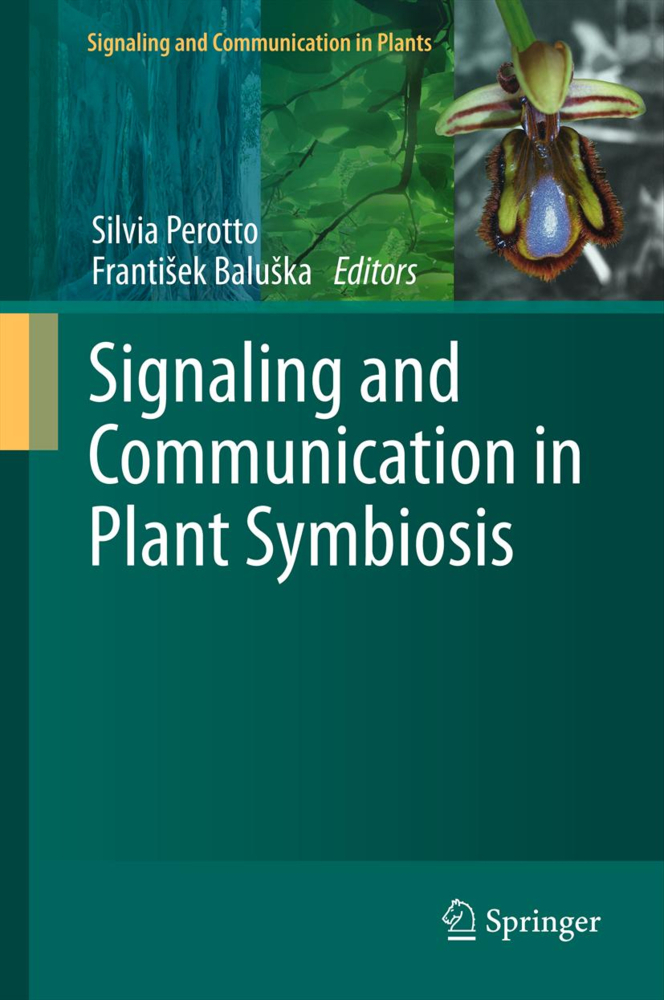Signaling and Communication in Plant Symbiosis
Signaling and Communication in Plant Symbiosis
A multiplicity of biotrophic micro-organisms interact with plants in nature, forming symbiotic relationships that range from mutualism to antagonism. Microorganisms that have adopted biotrophy as a lifestyle are able to colonize the plant and often to cross the plant cell boundaries by forming intracellular structures that are the site of nutrient uptake/exchange. To establish themselves within plant tissues, both mutualistic and pathogenic biotrophs need to overcome the plant defense response through an exchange of molecular signals. Our knowledge of the nature of these signals and their function in the interaction has rapidly increased over the last few years. This volume focuses on the genetic, molecular and cellular components involved in the communication between partners of well-known symbioses, but also reports on the advances for less studied systems.
Common pathways in legume and arbuscular mycorrhizal symbioses
Signalling and communication in the actinorhizal symbioses
Signalling in the cyanobacterial-plant symbioses
Signalling in ectomycorrhizal symbiosis
Signaling in the Epichloë festucae - perennial ryegrass mutualistic symbiotic interaction
Plant infection by biotrophic fungal and oomycete pathogens
Compatibility in biotrophic plant-fungal interactions: Ustilago maydis and friends
Compatible plant-root knot nematode interaction and parallels with symbiosis.
The role of diffusible signals in the establishment of rhizobial and mycorrhizal symbioses
Infection of Lotus japonicus roots by Mesorhizobium loti.-Signalling and re-structuring of the plant cell architecture in AM symbiosisCommon pathways in legume and arbuscular mycorrhizal symbioses
Signalling and communication in the actinorhizal symbioses
Signalling in the cyanobacterial-plant symbioses
Signalling in ectomycorrhizal symbiosis
Signaling in the Epichloë festucae - perennial ryegrass mutualistic symbiotic interaction
Plant infection by biotrophic fungal and oomycete pathogens
Compatibility in biotrophic plant-fungal interactions: Ustilago maydis and friends
Compatible plant-root knot nematode interaction and parallels with symbiosis.
Perotto, Silvia
Baluska, Frantisek
| ISBN | 978-3-642-27089-5 |
|---|---|
| Artikelnummer | 9783642270895 |
| Medientyp | Buch |
| Copyrightjahr | 2013 |
| Verlag | Springer, Berlin |
| Umfang | VII, 262 Seiten |
| Abbildungen | VII, 262 p. 31 illus., 23 illus. in color. |
| Sprache | Englisch |










